TAL AFAR, Iraq - The Apache helicopter is designed to survive heavy attack and inflict massive damage. Its technical array of flight, weapons, sensor and armor systems requires a team of aviation Soldiers to keep these "flying tanks" operational.
In the far reaches of northern Iraq, that team is Company C, 2-159th Attack Reconnaissance Battalion, Task Force Wings, 25th Infantry Division, who patrols more than 200 kilometers of open desert along the Iraqi-Syrian border from Contingency Operating Location Sykes, near Tal Afar, Iraq.
"Our mission is to support the ground maneuver units in our area of operation," explained Capt. John Landers, AH-64D Longbow pilot and commander, Co. C, 2-159th ARB. "Basically, we assist Iraqi and U.S. ground forces with border security and reconnaissance along the Syrian and Iraq border [to eliminate] the smuggling of foreign fighters, terrorist facilitators and contraband."
To date, Capt. Landers' team has logged almost 3,000 flight hours and conducted more than 500 missions. They accomplish the mission not only with Co. C aircraft, pilots and air crew, but also with an attachment of maintenance Soldiers from the battalion's aviation maintenance company.
Collectively, the group calls themselves Task Force "Whiskey," after their unit call sign, a purposeful effort to unify a group of Soldiers who operate in relatively austere conditions, and with aircraft - the AH-64D Apache Longbow -- that demands collective attention.
According to Capt. Landers, TF Whiskey operates around the clock, launching multiple aircrafts each day.
"[Operationally], we work with an aviation unit that doesn't have Apache aircraft. As a result, we [heavily] rely on our own internal capabilities for our maintenance needs, and that's the biggest challenge," said Capt. Landers. "The team is performing phenomenally, and Soldiers are really staying on top of issues, being proactive, anticipating scheduled maintenance and making sure parts on hand," he added.
First Lieutenant Gavin Scheibe is an Apache pilot and platoon leader, Company C, 2-159th ARB. In addition to his flying responsibilities, he oversees a platoon of pilots, air crew and aircraft maintainers. Lieutenant Scheibe is on his first deployment and has enjoyed the relative isolation at COL Sykes.
"I have been enjoying being up north with such a close unit. Being separated requires you to gel [so-to-speak]," said Ist Lt. Scheibe. "The flying has been challenging, but the fact that we have come together as a team so well has been the most rewarding aspect of the deployment so far.
"We've had a 100 percent mission launch rate which shows that we've accommodated anything that has come up, and that's due to the hard work of the maintainers, maintenance test pilots and others that do everything they can to keep the helicopters flying."
Launching an Apache helicopter is truly a collective effort. Each launch requires two pilots, a crew chief and the watchful eye of one of the Company maintainers. Sergeant Liang Chen is one of the Apache crew chiefs. Sergeant William Case is one of the flight-line supervisors and an Apache armament, avionics and electrical systems repairers.
Sergeant Chen is organic to Co. C, while Sgt. Case is attached from the maintenance company. Both emphasized the importance of team work to mission success.
"When you operate alone and have limited resources especially when you need parts you must make things happen on your own," said Sgt. Chen. "It requires team work, and clever management and scheduling of aircraft to make missions happen without compromising ground unit support. We cannot control when they fly, but to a large extent we can control which helicopters we want to fly. We identify those aircraft and, together, we make things work.
"We work three shifts. Basically, night shift takes care of all scheduled maintenance based on inspections requirements, and normally the day shifts handle major maintenance," added Sgt. Case. "We have a great team dynamic, and it really is a team that launches these Apaches.
"Only through cooperation can we get things accomplished. Its working together that has made us so successful from a maintenance standpoint," said Sgt. Case. "We've got real dedicated Soldiers up here that put in long hours, and we've pulled together not as individual units, but as 'Task Force Whiskey.'"

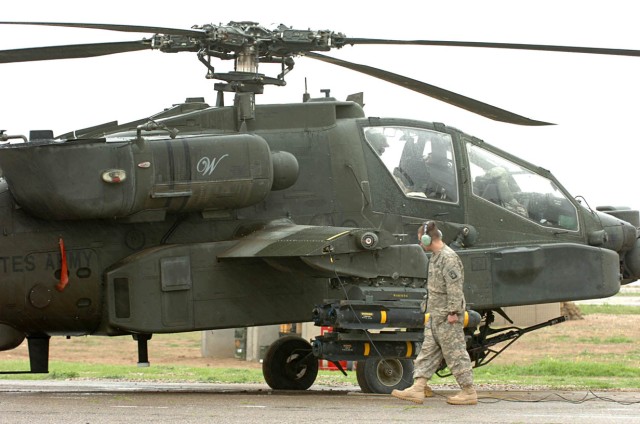
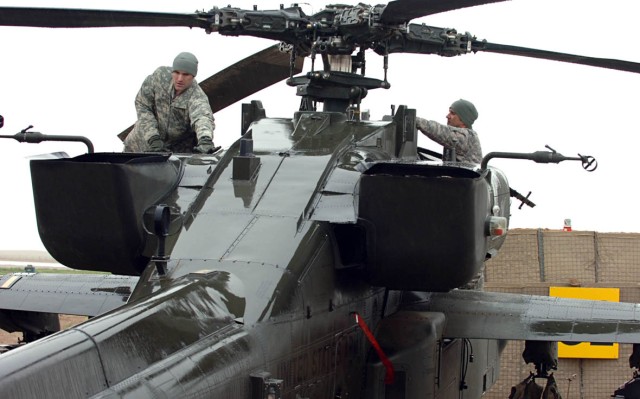
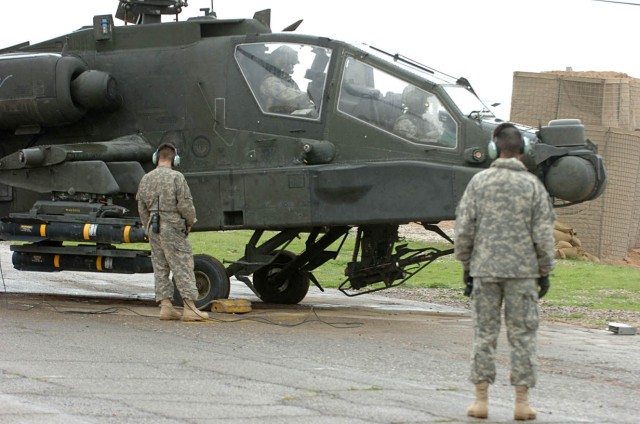
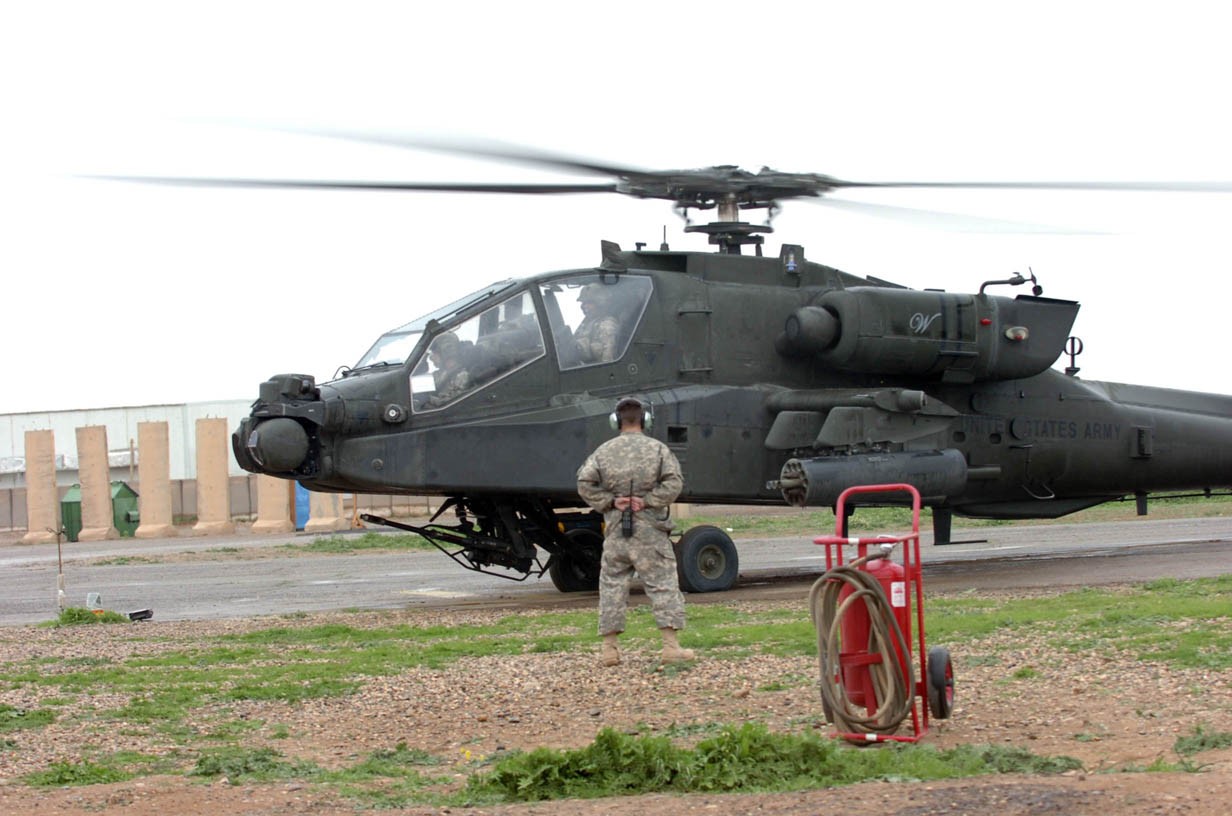
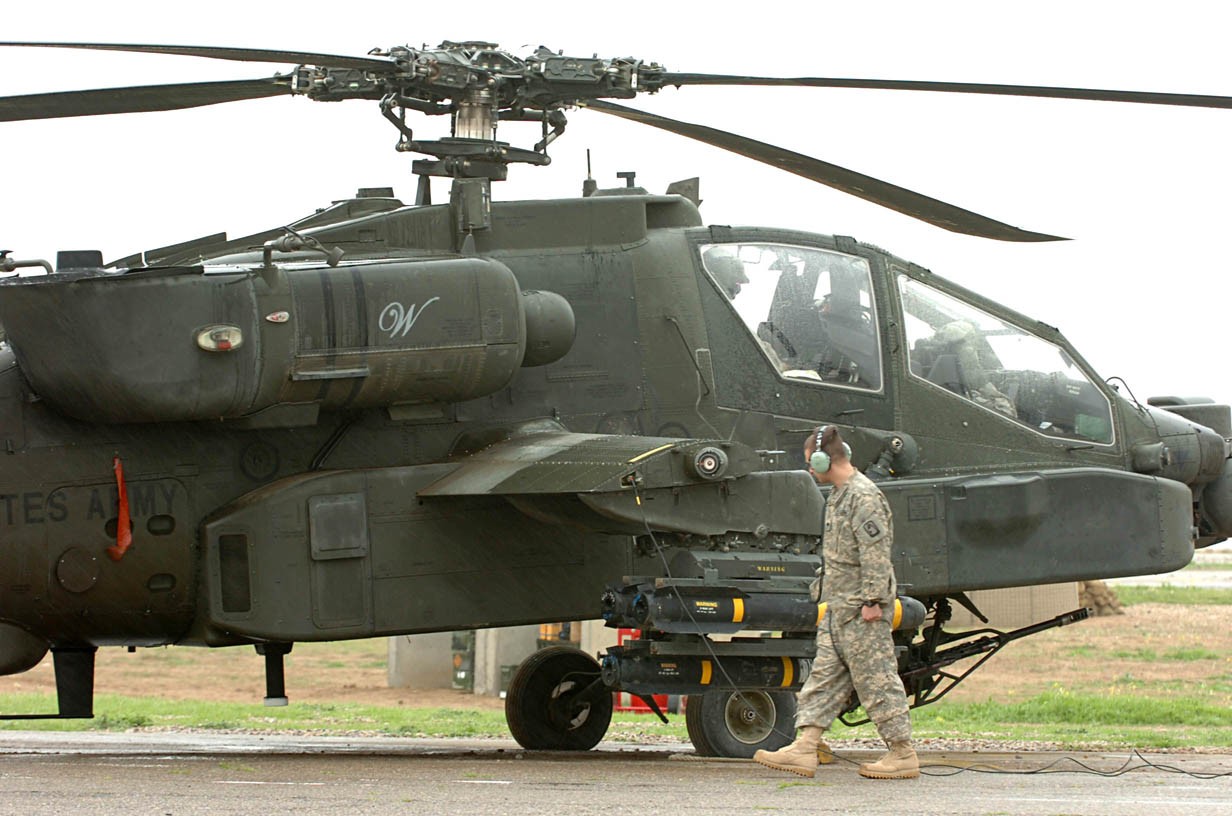
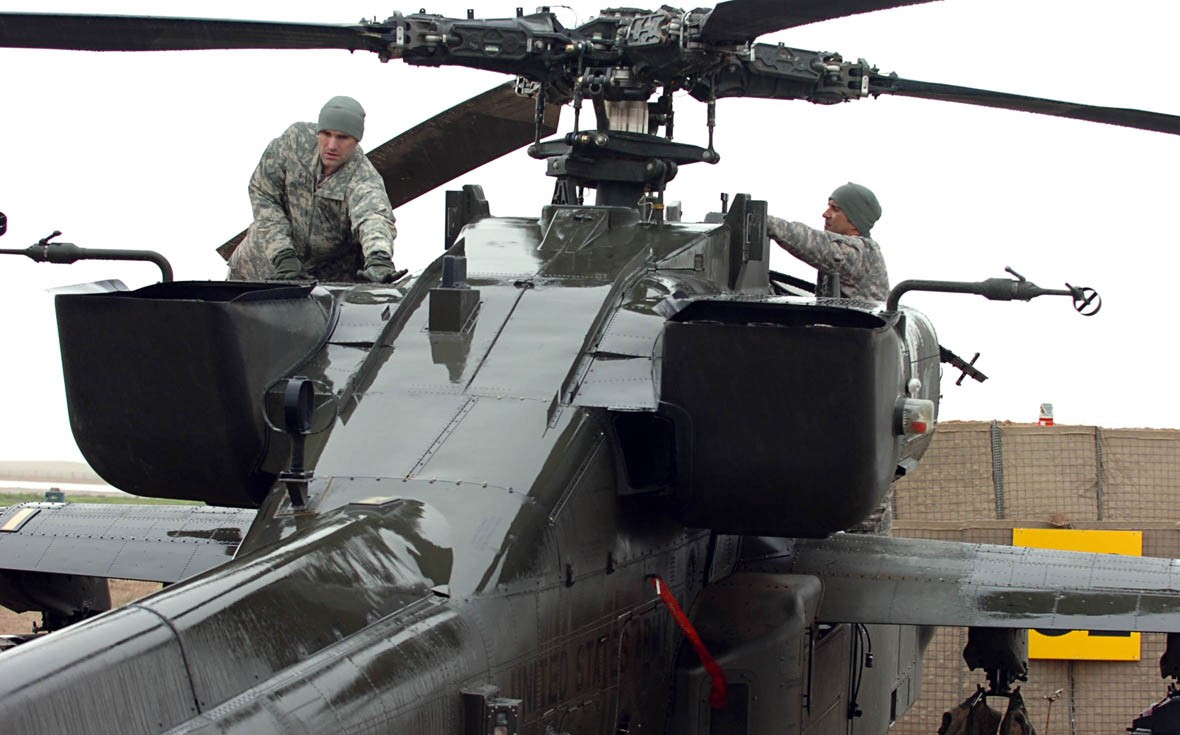
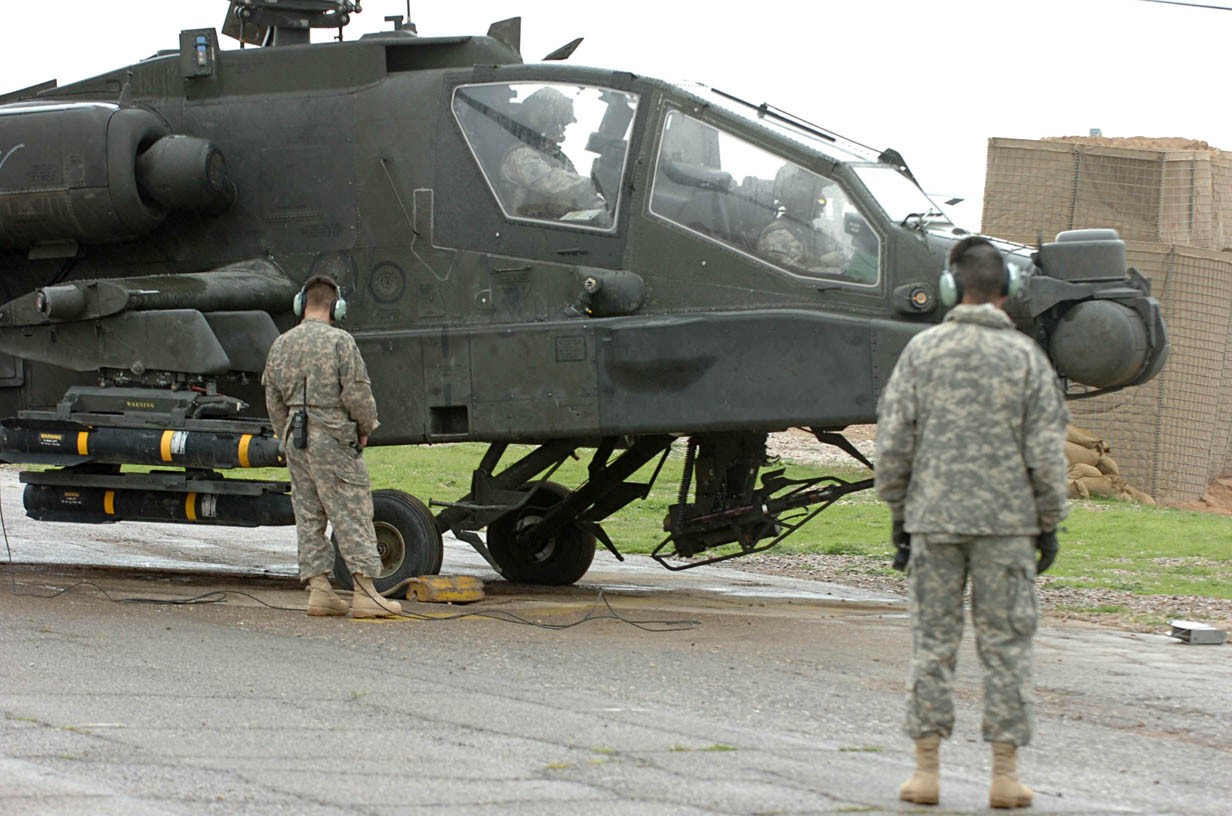
Social Sharing